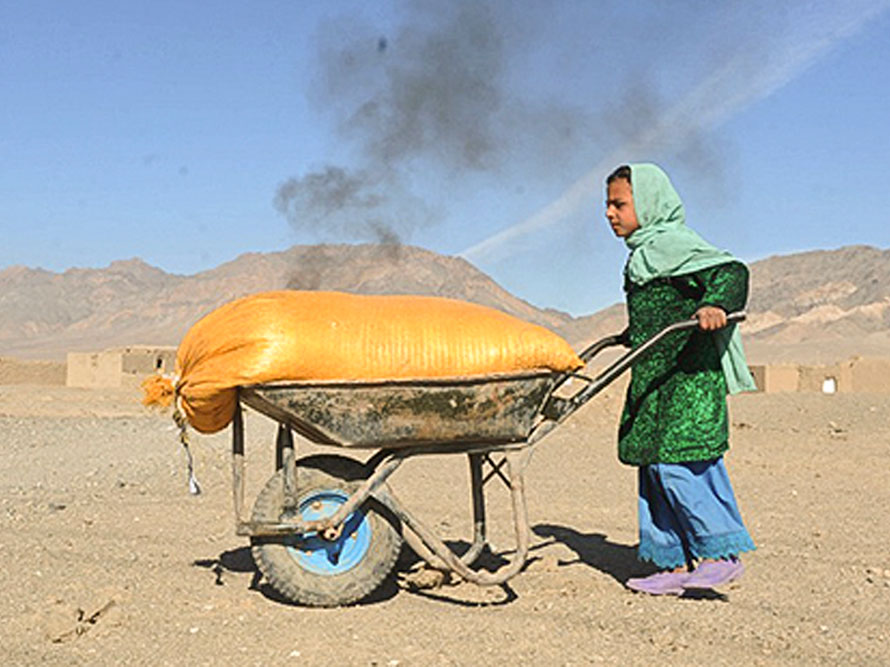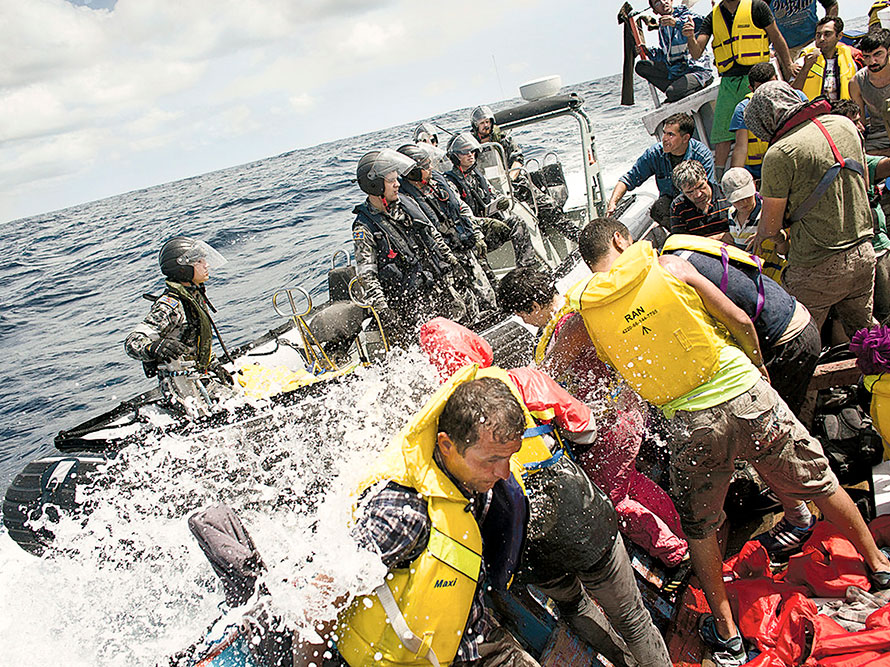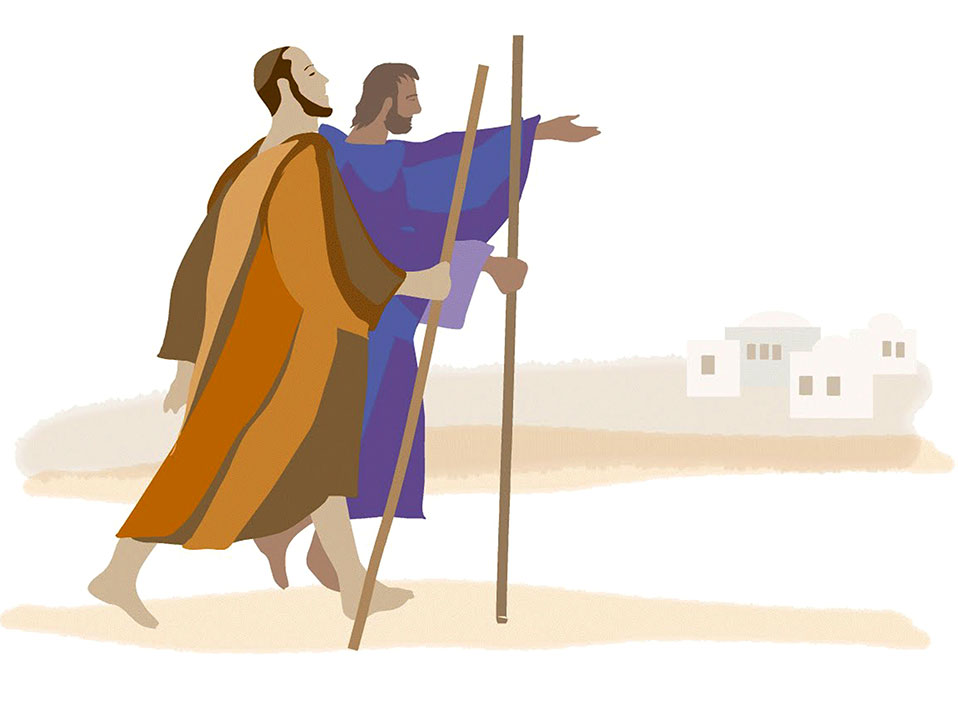“Whoever welcomes this child in my name welcomes me, and whoever welcomes me welcomes the one who sent me; for the least among all of you is the greatest.” Luke 9:48
Once again, Jesus turns our standards of judgment upside down: the least shall be the greatest. Just what does this mean? How are we to fashion society and live comfortably within it if we turn everything askew? Is this another instance in which Jesus uses exaggeration in order to make a point? And what point is He intending to make? A careful look at the passage itself, and then its broader literary context, will shed some light on its fundamental message.
Jesus chooses a child to make His point. It is important to know that, in the ancient society of His time, children were not considered important at all. Their usefulness consisted in performing the lowest and most menial tasks, like washing feet and tending herds. True, they were the future of society, but while they were children, they were really insignificant and totally vulnerable. We should not be surprised then that Jesus uses the apparent insignificance and menial service of a child to teach a lesson, for that was the model of Himself that He placed before His followers. He was “meek and humble of heart” (Matt 11:29), one “who did not come to be served but to serve” (Mark 10:45). Later in Luke’s gospel, a child will be offered as the model of the true follower: “Amen, I say to you, whoever does not accept the kingdom of God like a child will not enter it” (Luke 18:17).
SYMBOLISM OF THE CHILD
In this particular saying, the insignificance of the child is not applied to Jesus or to the disciples. Rather, the child represents all of those whom society considers unimportant and vulnerable. They are the ones who have been marginalized because they are poor or homeless; they are immigrants or unemployed; they are those who suffer physical or mental disadvantage. In placing the child before His followers, Jesus is saying: ‘When you welcome any one of these, in my name, you welcome me.” And He goes further: ‘And when you welcome me, you welcome the one who sent me.’ Now we know what is meant by the saying: “…the least among you is the greatest.” Jesus has reinterpreted what it means to be great. Now we can see how truly radical such a saying is. Jesus is indeed turning everything upside down.
This saying must have truly startled Jesus’ followers, for they lived in a society where honor and shame not only governed one’s place in that society, but actually determined one’s basic acceptability. Those who held places of honor were highly respected; those in lowly places were shunned, lest one somehow be ‘infected’ by that shame oneself. It was not uncommon for someone who lost honor to commit suicide. This code was one of exclusion, not inclusion, as Jesus taught. Jesus does not really do away with the honor-shame code. He redefines it: “…the least among all of you is the greatest.” This must have been heard as a startling statement.
The Gospel writer knew how radical this saying was, for this very passage is Jesus’ response to a quarrel His followers had among themselves: “An argument arose among the disciples about which of them was the greatest” (Luke 9:46). We are not sure who was involved in this argument. However, earlier in this chapter, we read about Jesus’ transfiguration on the mountain. That event was witnessed by Peter, James, and John. Might their privileged status as having been so chosen by Jesus have precipitated the argument? This possibility is reinforced in the next two passages. There, we read that John complains when someone who did not belong to their group was seen casting out demons in Jesus’ Name (9:49-50). He seems to want to keep the power of Jesus for only a select few. In the next passage, John and James want to command fire to come down from heaven and consume a Samaritan village that would not offer Jesus hospitality (9:51-56). This fury at not being welcomed suggests that there was a form of arrogance even in those who were part of Jesus’ inner circle.
In this passage about the child, we see Jesus do what He does so many times. That is, He addresses a problem indirectly, allowing His listeners to draw their own conclusions. The broader passage unfolds in this way. The focus of the argument is on the disciples themselves; which of them is the greatest? Jesus refocuses their attention from themselves to those whom they should welcome. According to social practice, if they wanted status, they would only welcome those already judged by society as having the status. Jesus redefines who has status when He says: “… the least among you is the greatest.” This means that those who would be “the greatest” should welcome and associate with those whom society considers “the least.” This is certainly a radical teaching.
IGNORANCE OF THE DISCIPLES
The very arrangement of the stories in this part of the Gospel underscores the disciples’ inability to understand the radical nature of the standards of the reign of God. For example, after the thrill of being part of Jesus’ feeding the five thousand in the deserted place (9:10-17), Peter declares that Jesus is the Messiah of God (9:18-20). It is at that moment of great exhilaration that Jesus foretells His death and resurrection (9:21-27). How could the disciples possibly understand the conflicting meaning of these events? Though they witnessed His transfiguration, Peter, James, and John certainly did not understand. The stories of their attitudes toward the exorcist (9:49-50) and the Samaritan village (9:51-56) are evidence of that. Earlier, when a man asked the disciples to heal his son who was suffering from a demon, they were unable to do so. These stories show that the disciples have neither power over evil nor understanding of Jesus’ teaching. This entire set of stories precedes Jesus’ last prediction of His death (Luke 9:43b-45). They are found at the end of His Galilean ministry. Jesus is now set to face His suffering and death. “[H]e resolutely determined to journey to Jerusalem” (Luke 9:51). He would now have to pay the price for being faithful to His messiahship. In an earlier prediction of His death, he had warned His disciples of the price they would have to pay for their faithfulness to Him. But had they understood?
What does this passage about the child say to us today? For one thing, it warns us about how easy it is to misunderstand the Gospel because the standards presented by Jesus are often so different from the standards by which we normally live. This passage addresses the ancient code of honor and shame, a code that accepts some and rejects others. In this passage, the reversal of the standards that determined this code is very clear. Like the early disciples, we are told to welcome those whom society has refused to welcome. Jesus identifies with them, and so, to welcome them is to welcome Him, and to welcome Jesus is to welcome the One who sent Him. The teaching is just that simple, and just that difficult.






















